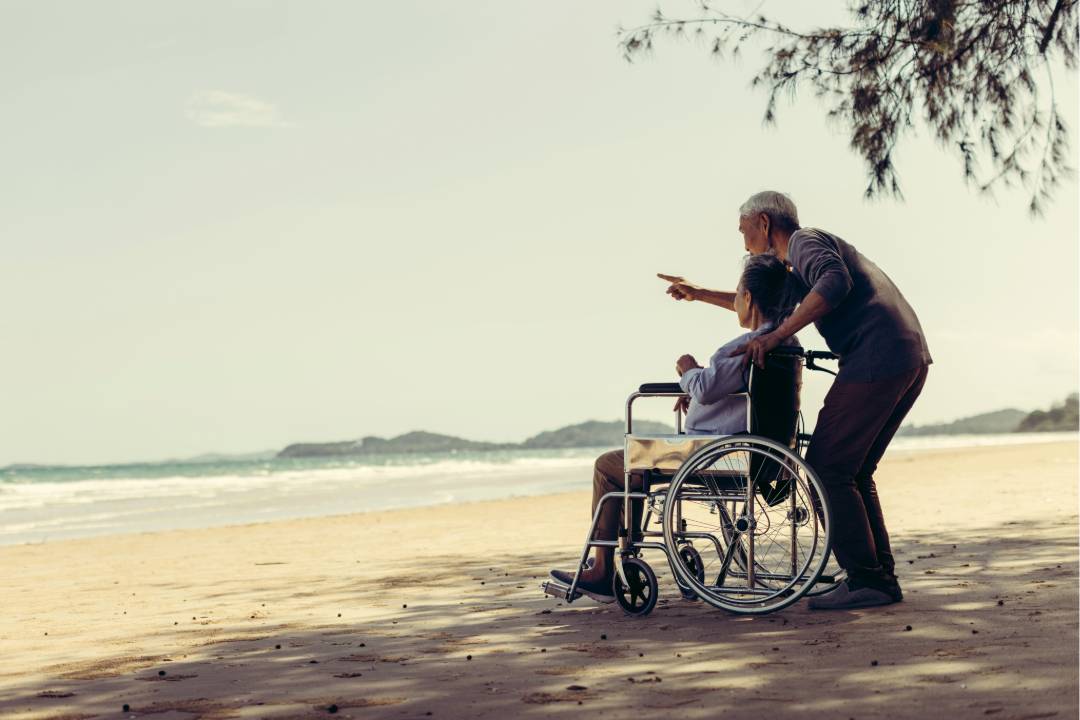
Post-Procedure Travel: How to Plan a Relaxing and Rejuvenating Getaway
Planning a trip after a medical procedure can be both exciting and nerve-wracking. You may be eager to relax and recharge but uncertain about how to manage your recovery while traveling. The key to a successful post-procedure getaway is balancing rest with travel enjoyment while taking necessary precautions to support your recovery.
Consider destinations that offer a peaceful environment and prioritize accessibility and facilities that cater to your specific recovery needs. Whether you're choosing a tranquil med spa retreat or a more active but leisurely location, it’s crucial to consult with your healthcare provider for personalized advice. This ensures that you’re well-prepared to enjoy your trip with minimal stress.
As you embark on your journey, think about easy travel logistics and plan ahead to accommodate any physical limitations. Simple strategies such as wearing comfortable clothing, allowing for plenty of rest breaks, and staying hydrated can make a significant difference. Above all, listen to your body and modify your plans if necessary to maintain your well-being during your travels.
Pre-Trip Considerations
Deciding to travel after a surgical procedure involves thoughtful planning and mindful decisions. You must evaluate your physical readiness, choose an appropriate destination, and seek professional medical advice to ensure a safe journey.
Determining Your Readiness to Travel
First and foremost, assess your physical condition. Healing requires time, and your body needs to be fully prepared for the journey ahead. Consider any symptoms or discomfort you might still be experiencing. It's crucial to ensure your incisions are healing properly, and any sutures or staples should be secure.
Make a list of any activities you plan during your trip. Ensure they align with your current health status and recovery timeline. If fatigue or pain increases with exertion, it may be too soon to embark on travel that requires extensive physical activity. Rest is crucial in recovery, and you'll want to maintain a balance between relaxation and exploration.
Choosing the Right Destination
Selecting a destination plays a vital role in your post-procedure travel plans. Aim for locations that offer easy access to medical facilities in case any issues arise. Avoid destinations that impose physical strain, such as those with high altitudes or require extensive walking across uneven terrain.
Consider a cruise as an alternative; these often provide excellent amenities and medical facilities on board while allowing you to rest when needed. Look for destinations with mild climates to prevent any discomfort due to extreme weather conditions which can affect your recovery.
Consulting Healthcare Professionals
Before finalizing any travel arrangements, consult with your healthcare provider. They will evaluate your recovery progress and provide specific advice relevant to your procedure and overall health. Share your travel plans with them, including the length of the trip, activities, and location details.
Inquire about any required medications or special precautions you should take during your travels. It's also wise to ask for recommendations on how to manage potential complications and for a list of medical facilities near your destination. Keeping an open line of communication with your healthcare professional ensures peace of mind while traveling after surgery.
Post-Procedure Travel Logistics
Planning travel after a medical procedure involves selecting transportation that minimizes discomfort, choosing accommodations that offer easy access and mobility, and packing items crucial for your recovery and comfort.
Comfortable Transportation Options
Opt for transportation modes that provide ample space and relaxation. Private cars or ride-share services often offer more comfort than public transport. If driving long distances, schedule multiple breaks to stretch and rest.
For longer journeys, such as flights, select airlines that allow seat upgrades, ensuring extra legroom. Consider using cruise travel for a gentle slip into vacation mode. They provide plenty of rest and relaxation opportunities, making them a soothing travel choice.
Accommodation and Accessibility
Choose accommodations that prioritize accessibility and comfort. Look for hotels or rental properties that offer features like elevators or ground-floor rooms to avoid straining yourself with stairs. Facilities providing room service or nearby dining options can enhance convenience.
Verify if the lodgings have flexible check-in and check-out times, allowing you to manage your schedule at your pace. Accommodations close to medical facilities can offer peace of mind in case of unforeseen needs.
Packing Essentials
Packing with foresight is critical for a smooth travel experience. Prioritize comfortable clothing, medical supplies, and any prescribed medications. Slip-on shoes are recommended for easy maneuverability, especially in places like airports where you may need to remove footwear frequently.
Include compression garments if recommended by your healthcare provider to help reduce swelling. Ensure you have copies of important documents, like prescriptions and medical records, readily accessible. Utilizing a small carry-on bag can help keep essentials within easy reach during your journey.

Comments (0)